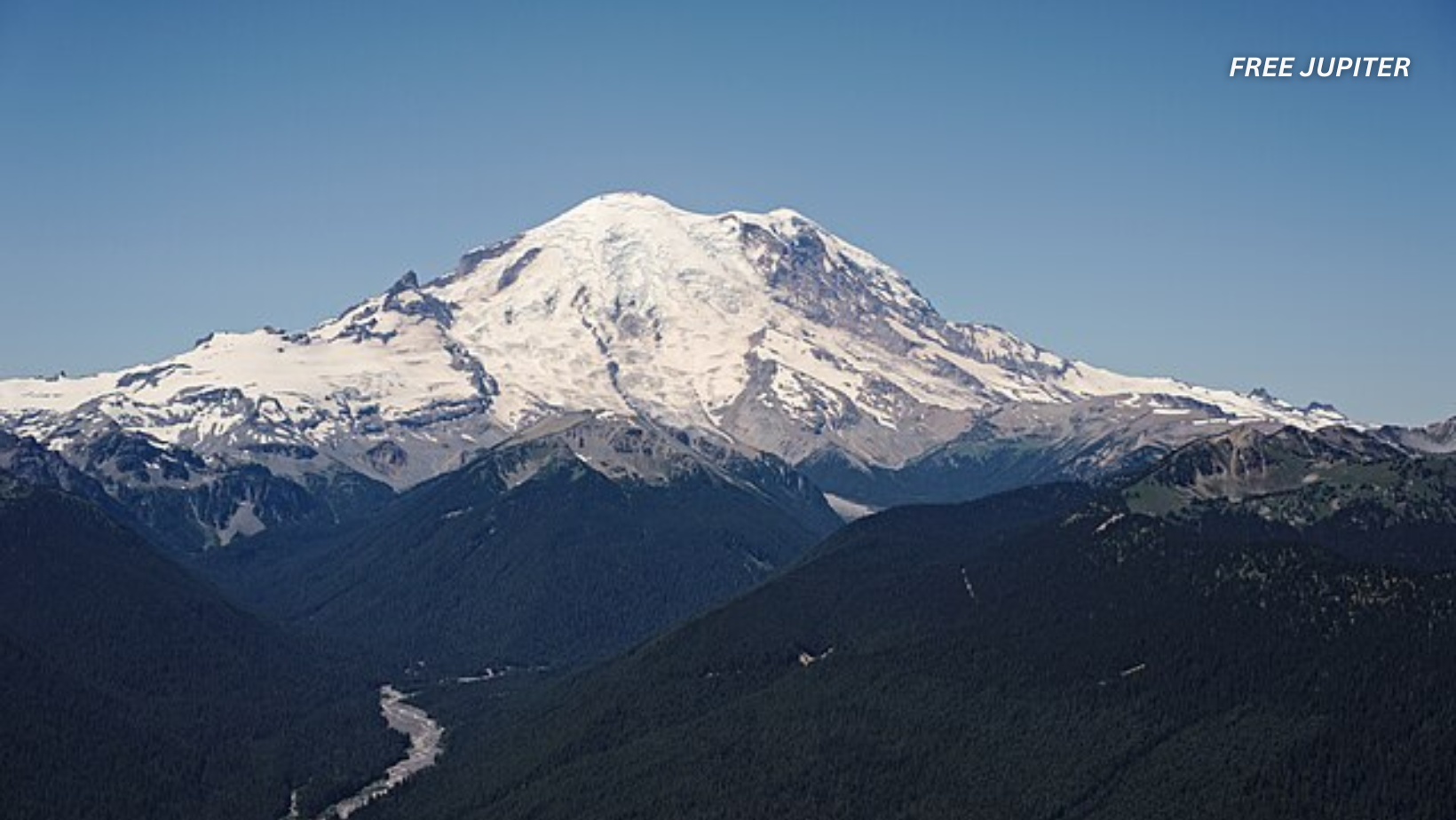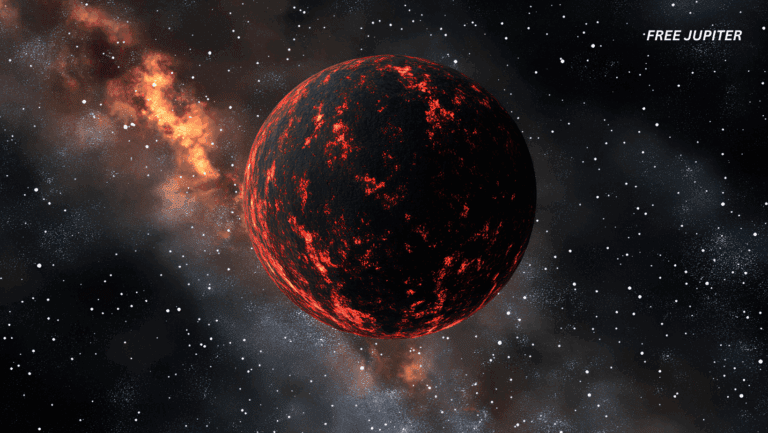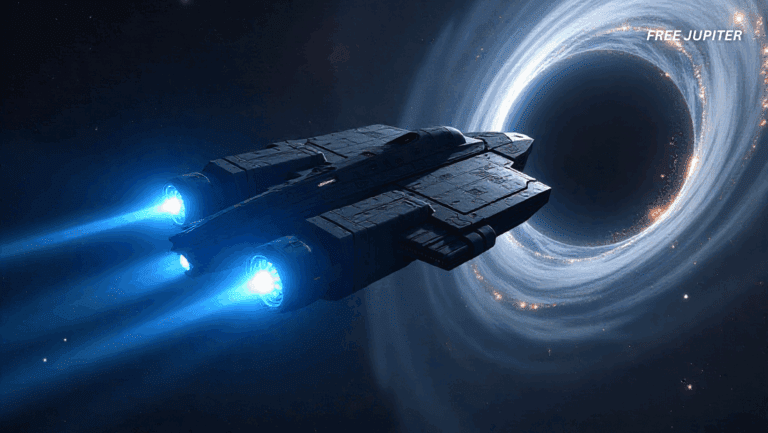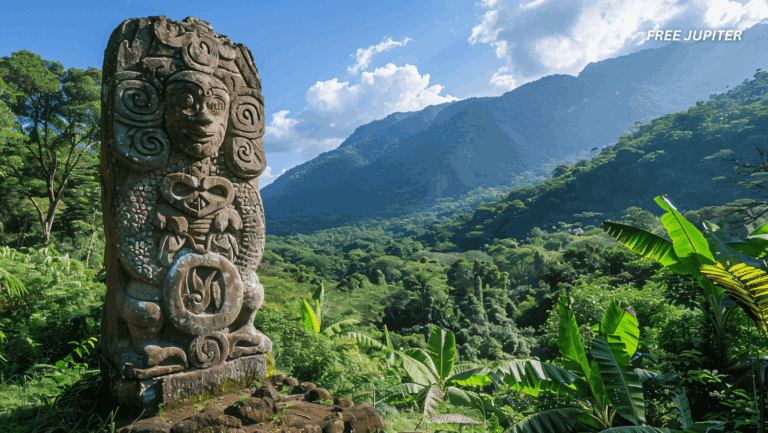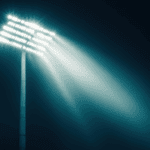Early one sleepy Tuesday morning, something began stirring beneath the snow-capped peaks of Washington’s Mount Rainier. At precisely 4:29 a.m., the ground began to tremble—just a little, but enough to get geologists twitching in their seats. What followed was a swarm of small earthquakes beneath one of the most closely watched and potentially dangerous volcanoes in the United States.
To the average person, a series of tiny quakes might not seem like a big deal. After all, they barely registered above magnitude 1.7—far too weak to knock over a coffee mug, let alone a building. But when dozens of these mini-quakes cluster in one spot beneath a volcano like Rainier, scientists perk up.
What’s Going On Beneath Mount Rainier?
The U.S. Geological Survey (USGS) confirmed that over a hundred earthquakes rattled the area under Mount Rainier within a short span of time. These quakes all occurred at shallow depths—just 1.2 to 3.7 miles below the summit. That might sound deep, but geologically speaking, it’s uncomfortably close to the surface.
Earthquake swarms like this have happened before at Rainier. In fact, small swarms have been shaking the region since at least 2020. But what makes this recent one stand out is that it’s the most active cluster since 2009.
Still, the official message from USGS was, essentially, “Don’t panic.” The volcano’s status remains at “normal,” which is the lowest alert level. No swelling of the ground, no strange gas emissions, and no other telltale signs of magma on the move were detected. So, no eruption is imminent—at least for now.

Why Mount Rainier Matters
At 14,411 feet tall, Mount Rainier is the highest peak in the Cascade Range. It’s also one of the most glaciated peaks in the lower 48 states, with vast rivers of ice clinging to its slopes. And beneath that picturesque exterior lies a ticking time bomb.
Volcanologists consider Mount Rainier one of the most dangerous volcanoes in the United States—not because it erupts frequently (it’s been relatively quiet for over a millennium), but because of what could happen if it erupts.
Its location, size, and icy mantle make it uniquely hazardous. Millions live in its shadow, including residents of Seattle, Tacoma, and other parts of western Washington. If Rainier were to erupt violently, the results could be catastrophic—not just from lava or ash, but from something even more destructive: lahars.
Lahars: The Real Threat Lurking on Rainier
So, what’s a lahar? Imagine a tsunami of mud, snow, and debris crashing down the side of a mountain at up to 60 miles per hour. That’s a lahar—an unstoppable river of volcanic sludge. Lahars can occur when volcanic heat rapidly melts snow and ice, mixing with ash and dirt to form a thick, concrete-like flow.
And Rainier, with its 26 major glaciers, is a lahar-making machine just waiting for the right trigger.
But here’s the twist: a lahar doesn’t even need an eruption to get going. Heavy rainfall, a landslide, or even a seismic shake from past volcanic activity can send these destructive mudflows barreling downhill.
Tacoma and parts of South Seattle, for example, are literally built on top of ancient lahar deposits. They’re sitting on 100-foot-thick remnants of past disasters—reminders written in the very soil that Rainier has done this before and will likely do it again.
Read more: Man Falls 30 Feet Off Cliff in Hawaii Trying to Get a Better View of the Kilauea Volcano Eruption
History Lessons: When Mudflows Turned Deadly
Lahars are not science fiction. They’ve left horrifying marks on human history.
In 1985, the Nevado del Ruiz volcano in Colombia erupted, melting its ice cap and unleashing a devastating lahar. Within a few hours, the flow buried the town of Armero, killing about 25,000 people. It was one of the deadliest volcanic disasters in recorded history.
Closer to home, the infamous 1980 eruption of Mount St. Helens—just 50 miles from Mount Rainier—triggered a powerful lahar that destroyed roads, bridges, homes, and forests. Fifty-seven people lost their lives in that eruption.
Events like these aren’t just tragic—they’re cautionary tales. And Mount Rainier fits the same profile: a glacier-covered volcano looming over populated areas, with the power to generate fast-moving destruction.
Eyes (and Instruments) on the Mountain
Given its dangerous reputation, Rainier is constantly under surveillance. The USGS Cascades Volcano Observatory (CVO) has deployed an impressive array of instruments all over the volcano’s flanks. These tools include seismometers to detect tremors, GPS units to measure any ground movement, and infrasound sensors that pick up deep rumbles.
Even more crucial is the Mount Rainier Lahar Detection System. This system has been gradually expanded and modernized since 1998. It now uses real-time data to alert emergency services and nearby communities the moment a lahar starts moving.
Back in the 1990s, this system had serious limitations—delays in detection and slower communication. But thanks to advances in technology, the modern system can now send out instant alerts, buying precious minutes that could save lives.
Read more: Scientists Warn, One of World’s Supervolcanoes is Waking Up: ‘It Will Plunge The Planet Into Chaos’
Communities on Alert: Practicing for the Worst
Being prepared is half the battle. Recognizing the risk, communities near Rainier have been practicing how to respond in case the mountain wakes up for real.
Just this year, on March 21, 2024, more than 45,000 students and teachers participated in what became the world’s largest lahar evacuation drill. The exercise simulated what would happen if a lahar was detected, with schools practicing immediate evacuations to higher ground.
It might sound dramatic, but in a real event, every second counts. Lahars can travel miles in minutes. And with limited escape routes, especially in valley towns, knowing what to do ahead of time is vital.
Volcanoes Don’t Work on Schedules
Here’s the thing about volcanoes: they don’t follow human timelines. Mount Rainier might erupt tomorrow—or in 500 years. We simply don’t know. But science has given us the tools to recognize early warning signs and act quickly.
The recent swarm of earthquakes doesn’t necessarily mean an eruption is coming soon. But it’s a nudge—a reminder that this sleeping giant is never fully asleep.
As volcanologist Jess Phoenix put it, “Mount Rainier keeps me up at night.” And she’s not being dramatic. With its history, location, and icy slopes, this volcano has all the ingredients for a massive disaster. That’s why scientists keep such a close watch.
Read more: Researchers Are On High Alert After Sign That US Volcano Is About To Erupt
Final Thoughts: What Should You Do?
If you live near Mount Rainier—or any active volcano—it’s not about being scared. It’s about being prepared.
- Learn your evacuation routes.
- Sign up for local emergency alerts.
- Have an emergency kit ready (water, food, flashlight, charger, documents).
- Participate in local drills.
- Talk to your family about what to do in case of a lahar or eruption.
Most days, Mount Rainier is just a scenic backdrop to life in the Pacific Northwest. But when it rumbles, it’s trying to tell us something. And thanks to science, planning, and community readiness, we have a chance to listen—and act.
Because the mountain will move again. The question is not “if,” but “when.” And when it does, we’ll be ready.

